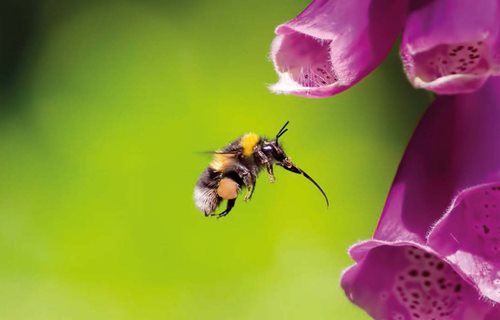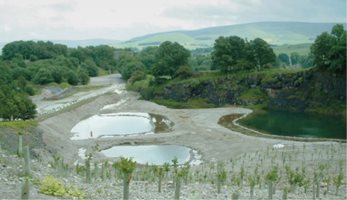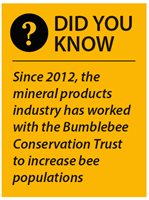5. Natural Environment
Insight #5: Natural Environment

8,000
HECTARES OF UK
PRIORITY HABITATS
CREATED
Quarry restoration provides a major opportunity to protect and enhance biodiversity. The industry has a long legacy of high-quality restoration and makes a significant contribution to the UK’s wildlife, including many rare and threatened species.
Most ready-mix and precast concrete production plants are located in industrial areas where the impact of dust and light pollution on local residents tends to be minimal. Wildlife and biodiversity also tend to be affected less than in rural areas.
The concrete industry has adopted the Mineral Products Association biodiversity strategy which is more focused on the quarrying of limestone for cement and aggregates, where there is a higher potential for effects on local residents and wildlife.
Quarries offer a unique opportunity to design and create new landforms and habitats to support local biodiversity. Many plant species already live in quarries, attracted by the low-nutrient habitats that result when soils are removed, so this flora and associated fauna can be encouraged in the final restoration.


Read the Insight #5: Natural Environment article including:
- Pretty much anything can live in a quarry, by Nigel Symes, RSPB
Find out the latest update on the Biodiversity performance indicator